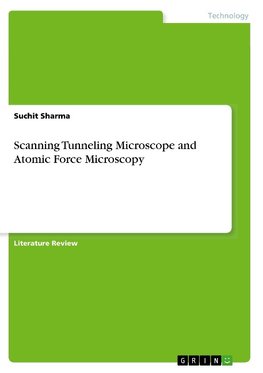
-
 Anglický jazyk
Anglický jazyk
Scanning Tunneling Microscope and Atomic Force Microscopy
Autor: Suchit Sharma
Literature Review from the year 2015 in the subject Engineering - General, Basics, Indian Institute of Technology, Delhi, course: Mineral Engineering, language: English, abstract: Atomic-scale resolution is needed to study the arrangement of atoms in materials... Viac o knihe
Na objednávku
12.96 €
bežná cena: 14.40 €
O knihe
Literature Review from the year 2015 in the subject Engineering - General, Basics, Indian Institute of Technology, Delhi, course: Mineral Engineering, language: English, abstract: Atomic-scale resolution is needed to study the arrangement of atoms in materials and advancing their understanding. Since the seventeenth-century optical microscopes using visible light as illumination source have led our quest to observe microscopic species but the resolution attainable reached physical limits due to the much longer wavelength of visible light. After the discovery of wave nature associated with particle bodies, a new channel of thought opened considering much shorter wavelength of particles and their special properties when interacting with the sample under observation.
These particles i.e. electrons, neutrons and ions were developed in different techniques and were used as illumination sources. Herein, the development of scanning tunneling microscopy which used electrons to uncover irregularities in the arrangement of atoms in thin materials via the quantum mechanical phenomenon of electron tunneling became a sensational invention. Atomic Force Microscopy (AFM) is a development over STM which relied on measuring the forces of contact between the sample and a scanning probe which overcame the earlier technique only allowing conductors or pretreated surfaces for conducting to be observed.
Since measuring contact forces between materials is a more fundamental approach that is equally but more sensitive than measuring tunneling current flowing between them, atomic force microscopy has been able to image insulators as well as semiconductors and conductors with atomic resolution by substituting tunneling current with an atomic contact force sensing arrangement, a delicate cantilever, which can image conductors and insulators alike via mechanical "touch" while running over surface atoms of the sample. AFM has seen a massive proliferation in hobbyist's lab in form of ambient-condition scanning environment as opposed to an ultra-high vacuum of sophisticated labs and self-assembled instrumentations.
The success of ATM as a cost-effective imaging tool with dramatically increased ease of conceptual understanding and use particularly with the assistance of significant computing power in the form of personal computers which offsets the computational difficulty of resolving experimental information which makes up for physical simplicity of instrument design has seen its proliferation to numerous labs in universities and technology companies worldwide.
- Vydavateľstvo: GRIN Publishing
- Rok vydania: 2017
- Formát: Paperback
- Rozmer: 210 x 148 mm
- Jazyk: Anglický jazyk
- ISBN: 9783668588264


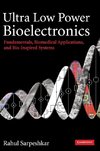




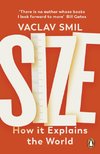

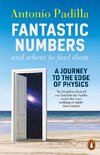
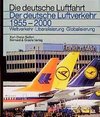
 Nemecký jazyk
Nemecký jazyk 